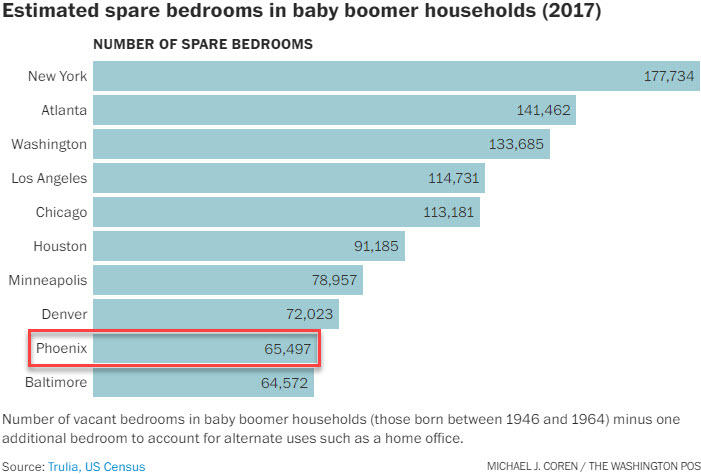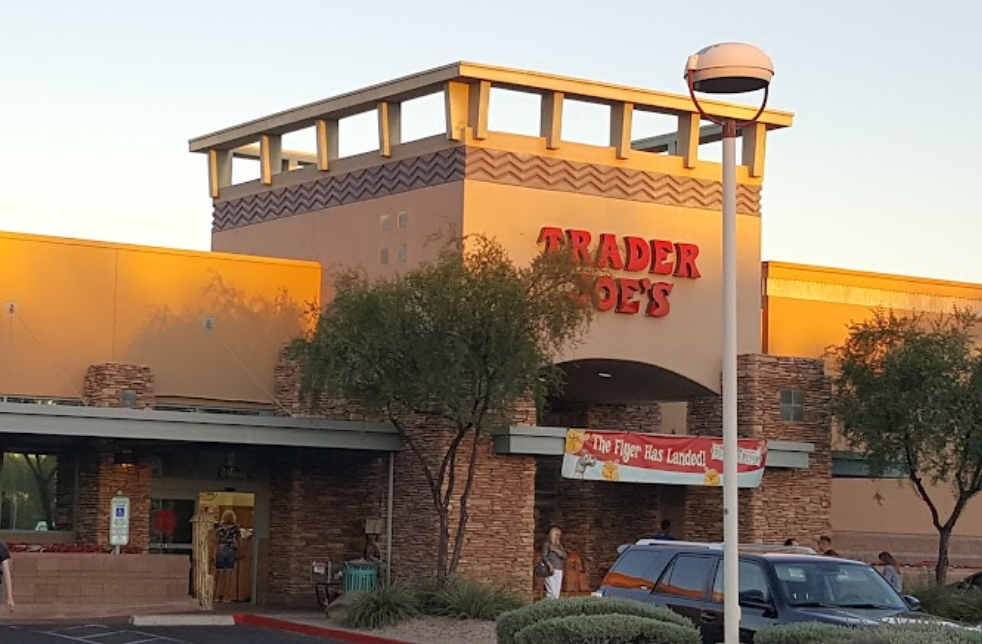The notion of “boommates” might sound like a trendsetting hashtag, but its roots dig deep into the rich soil of American history. Flashback a century or two, and intergenerational living was the norm, not the exception, in the U.S. From boardinghouses filled with a melange of society’s members in the 19th century to today’s emerging trend of baby boomers sharing their generous living spaces with younger generations, the concept has evolved to address modern problems. Recently, this practice has garnered attention as a viable solution to the pressing housing affordability crisis, exacerbated by exclusionary zoning laws and a notable scarcity of smaller, affordable homes due to baby boomers holding onto their family-sized houses.

- Exploring the concept of ‘boommates’ as a creative solution to the U.S. housing crisis. Source: Lee Cooley, scottsdalerealtors.org
These intergenerational arrangements come with a host of benefits, not least of which is a solution to the spiraling costs of housing. In a suburb of Boston, for instance, a retired professor redefined her living situation by welcoming both older and younger housemates, showcasing the financial and social advantages of such arrangements. Not only did this setup provide her with additional income and company, but it also created a unique community dynamic under one roof. Highlighting the flexibility and diversity of these arrangements, services and platforms are cropping up to facilitate these living situations, ranging from online matching services to startups offering to build accessory dwelling units (ADUs) for additional privacy and income potential. Despite potential challenges like navigating personal space and family dynamics, the rise of “boommates” reflects a broader shift towards innovative, community-focused solutions to housing affordability, reimagining the concept of home for generations to come.






